Who are you, sixth generation combat aircraft?
In recent years, many people have asked themselves the question: what should the next generation aircraft be like? It seems to be even premature, since the fifth generation is just taking off, and we are already talking about the sixth.
Ничего подобного.
Let's do it first historical excursion into the past and go through these same generations.
Zero generation
Let's just say: a starting point, but since in general and in particular - the same piston aircraft with a different type of engine, it is problematic to call the first one.
Aircraft created in the period 1938/1939 - 1947/1948, including the years of the Second World War. Straight wing, non-afterburning turbojet engines, subsonic speed. No radar, no guided weapons. The armament consisted of cannons and machine guns, as well as unguided rockets.
Examples: Messerschmitt Me-262, MiG-9, Lockheed F-80, Yak-15, Gloucester Meteor, McDonnell F2H Banshee.
First generation
Aircraft created in 1949-1955. The wing became swept, the speed came close to sound (individual representatives, like the F-100 Super Saber, could exceed it). The radar was still absent, the armament remained at the level of the zero generation.
Examples: Yak-25, MiG-15, F-86 "Saber", F-3 "Demon", Dassault "Hurricane".
The second generation
Aircraft born from 1955 to 1965. The wing became triangular (for some) instead of swept, turbojet engines received an afterburner, almost all aircraft in afterburner took speeds up to 2M. However, cruising speed remained subsonic. Radars and guided missiles appeared on aircraft weapon.
Examples: MiG-19, Su-15, Dassault Mirage III, Saab J-29 Tunnan, North American F-100 Super Saber.
Third Generation
From 1960 to 1980. There are no fundamental differences from second-generation aircraft. Engines have become more powerful, speeds have increased, radars have become more powerful. Long-range and medium-range guided missiles have appeared, but these are already specific weapons. I emphasize that there are no fundamental differences between second and third generation aircraft. Americans feel the same way.
Examples: MiG-21, MiG-23, Su-19, Mirage F1, Tornado, F-4 Phantom II, F-5, Saab Viggen.
Fourth generation
The years of aircraft creation are from 1975 to 2010. Here we see real differences from previous generations. Double-circuit turbojet engines appeared, EDSU (electronic remote control system), aircraft maneuverability became much better due to the implementation of the principle of dynamic instability, aircraft became multi-purpose.
Moreover, the division into 4, 4+ and 4++ appeared. Aircraft of the 4th generation, the modernization or further development of which brings their characteristics and efficiency closer to the fighters of the fifth generation, received category 4+. Aircraft, most of the characteristics of which are close to the requirements for fifth-generation fighters (except for stealth), ended up in the 4++ category. For example, 4++ fighters are characterized by cruising non-afterburning supersonic speed, which is a mandatory requirement for 5th generation aircraft.
examples:
4: Su-27, MiG-29, F-14, F-15, Mirage 2000.
4+: Su-30, Rafal, Typhoon, J-10.
4++: Su-35.
Fifth generation
It is customary to refer to the fifth generation of aircraft developed at the end of the 20th century and implemented in metal in the 21st century.
The main differences from the fourth generation machines are the principles of stealth, implemented using appropriate technologies and the placement of weapons inside the fuselage. In addition, these aircraft are characterized by supersonic flight without afterburner and more advanced avionics, radar with AFAR.
Examples: F-22, F-35, J-20, Su-57.
So, we see that from generation to generation (except for 2-3) there is a cardinal improvement of aircraft. What needs to change in order for the sixth generation to really differ from the fifth not on paper?
In fact, not so much modern designers can offer in this regard. If we discard the improvement in the capabilities of sensors, new types of weapons, then we get what kind of picture:
- stealth is being replaced by stealth, based on the use of new radar-absorbing coatings and aircraft shapes;
- effective combat capability at all speeds, from subsonic speed to several Machs;
- optional piloting, that is, the possibility of full remote control;
- network-centric abilities.
Almost 90% of military experts in the field paint such a picture. aviation in the world. But there are those who do not quite agree with this alignment, such as, for example, our Vladimir Mikhailov, head of the Directorate of Military Programs of the KLA.
Based on the statements of those who do not fully support the generally accepted development trend, let's try to look at the real aircraft of the future from a slightly different angle.
The SVO, which is now taking place in Ukraine, has shown that a war in the image and likeness of the 20th century can take place not only between states that are backward in terms of armaments. Today, there are few planes in the sky over Ukraine, and both sides use them very carefully. The reason for this was the saturation of the line of interaction with modern air defense systems available to both sides.
And - as an option - the use of aviation has declined sharply. And therefore, in light of the fact that air defense systems have become, well, a very strong obstacle in the way of aircraft, the emergence of a new generation does not look hasty, but a completely justified process. Otherwise, you will soon get a picture of the use of aircraft only where there are no modern air defense systems. Otherwise, pictures like this picture from the Russian Ministry of Defense will become a familiar picture:
A modern aircraft must be able to do such paramount things as avoiding a strike from an air defense system. This is perhaps the most important property.
How to do this?
first: the aircraft must see the air defense system earlier and destroy it. It is very difficult, because a ground-based radar will always be more powerful than an aircraft one, albeit larger in size. And she will see further than her aviation colleague. This is a fact that will have to be reckoned with for now.
Second: Aircraft may be invisible to ground radar. This is also very doubtful, the development of modern antenna systems is likely to negate all tricks in terms of invisibility. Yes, the planes will be inconspicuous, but the fact that they will be detected, the farther the better, is also a fact. AFAR is just the beginning, the future belongs to multi-band radars, the combined antennas of which in some range in the end, but the aircraft will be detected.
The third: the same, American "What will not catch up with us, it will not be able to destroy." Hypersonic. If an air defense missile can develop a speed of 5M, and the aircraft flies at the same speed, then, alas, the missile will not have a chance to catch up and destroy the aircraft. Yes, there will be chances on colliding courses, but alas, on all the others. Even if the plane just goes supersonic, and then starts accelerating from 2M to 5M, it will still be able to get away from the rocket. And do not forget about how long the rocket engine will work.
Fourth: supermaneuverability. This is ours. What Russian pilots can do with their planes sometimes causes a misunderstanding of physical processes. More precisely, there is an understanding of what the plane does, but how and due to what - no. Many believe that all this is ceremonial nonsense, however, Alexander Pokryshkin was once laughed at his “hooks”. Until, due to these maneuvers, he began to shoot down from positions that others could not even dream of. It's the same here, to "break" the plane in flight so that it can get away from the missile, passing it above or below itself - that's the same thing. It will be problematic for the rocket to turn around and attack again, since the fuel supply is limited. So, he left.
In total, we have on our agenda as many as THREE areas for the development of the aircraft of the future. Of course, all three directions will have certain common properties, for example, multifunctionality. A fighter-bomber is already a versatile aircraft in itself, capable of solving various combat missions, but if it is still capable of intercepting enemy aircraft due to its high-speed qualities, why not?
Composite materials, which will facilitate, but not weaken the design, are also very useful. How far they can make the plane invisible to radar beams is a question, but sooner or later it will get its answer.
Optional piloting, that is, controlling the aircraft from an external source, whether it be an operator or a computer, is possible, although it complicates the electronic filling of the aircraft. But the fact that in the near future there will be aircraft-drones, unmanned, but no less dangerous, no doubt. They are really more profitable than existing UAVs, if only because the combat load drones calculated in kilograms, and aircraft - in tons.
Network-centric stuff. Perhaps this is the most significant feature of the sixth generation aircraft, which will distinguish them from the previous ones. In itself, the idea of transmitting data on the battlefield directly to the performers is good. If an aircraft can easily indicate a target for artillery or MLRS, and an infantry reconnaissance patrol can independently and - most importantly - instantly indicate a target for a strike to an aircraft in the air - this is the interaction that will bring the aircraft to a really new level.
These are general settings. Next, we will have particulars, that is, a division in three directions.
1. Stealth technology stealth and invisibility. The weakest direction, since it has already become clear: the planes will be visible. The only question is how. But in principle, this is not important, the very moment when the radar can detect the aircraft and give target designation on it is important. And they will find the plane by Doppler vortices, by the thermal trace, they will find it not at the main frequency of the radar, but at overtones - the main thing they see. It is impossible to create an aircraft entirely from plastic or completely cover it with miracle materials that will hide it from the “eyes” of radars. So far, this is technologically impossible, and when technology takes the next step forward, it remains to be seen what the radar designers will come up with.
Most likely, stealth technology will be more useful for conventional bombers. It is useful for a fighter-bomber to be stealthy, but other qualities that are incompatible with stealth may be more useful for him.
2. Hypersound. Even if a fighter-bomber can use hypersonic speeds in the “catch up” and “run away” modes, this will already be a breakthrough. The variant currently being worked on in the US, a fighter-drone capable of flying at speeds up to Mach 10, is a very serious project. A reusable hypersonic vehicle capable of delivering weapons to enemy territory several times is very serious, and most importantly, cheaper than disposable weapons (rockets, gliders).
A person can fly an aircraft at speeds above 3 km/h. This has already been proven. How effective it will be, say, for 000 km / h is still a question. And to answer it, it is worth waiting for the completion of the implementation of American projects.
It is clear that hypersound and stealth are hardly compatible things. Many experts in the US openly say that all these coatings that scatter radar beams are very delicate and are unlikely to withstand the temperature regimes of hypersound. There's still friction against the air is very, very strong.
Well, if the Americans themselves say this, then it is worth accepting their opinion.
3. Super maneuverability. This is what they do not have and what we have. Here, even opinions in Russian circles differ, someone believes that a modern fighter does not need maneuverability, the main thing is to see it earlier and launch missiles that fly further.
There is a lot of controversy here. Long-range missiles are great, but those who advocate them usually forget that they are easier to detect. Accordingly, and take measures to care or deceive.
The evolution of an aircraft at a speed that a rocket will not be able to repeat for several reasons is the same way to deal with it as interference or IR traps.
Total. If we are talking about the Russian Aerospace Forces, then the next generation aircraft, about which people from the UAC have already said that “work is underway,” may look like this:
1. Continuation of the line of highly maneuverable aircraft with stealth elements, as the best, which is the enemy of the good.
2. Hypersonic devices are also quite possible, we will be able to develop, and then the appearance of two classes of aircraft is real.
As for the Americans, who have been working on a scramjet engine for a long time, and, accordingly, on an aircraft equipped with this engine, the appearance of two classes of aircraft in them is also quite realistic.
It is doubtful that the US will abandon the idea of developing a new aircraft that does not receive all the developments in the field of stealth. Here, American designers have really done a great job.
Work on hypersonic vehicles may also sooner or later end with the appearance of a combat vehicle capable of flying at speeds up to 10M.
Thus, instead of light and heavy fighters in air fleets countries (pairs of MiG-29s and Su-27s, F-15s and F-16s, and so on), pairs of slightly different properties may appear: a hypersonic interceptor-bomber and an inconspicuous fighter-bomber.
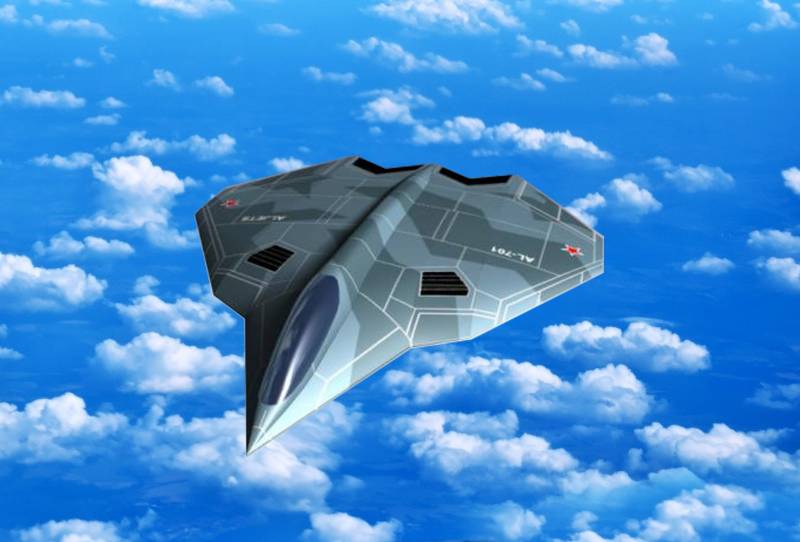
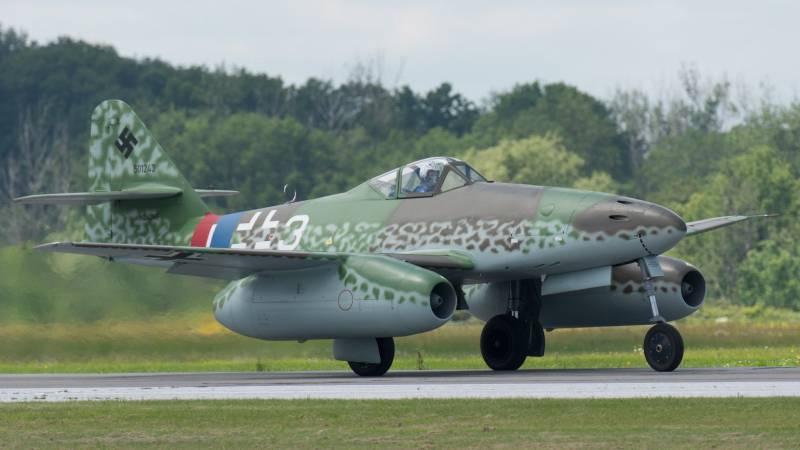
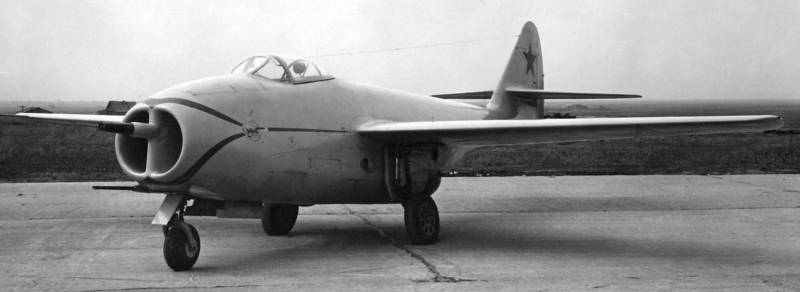




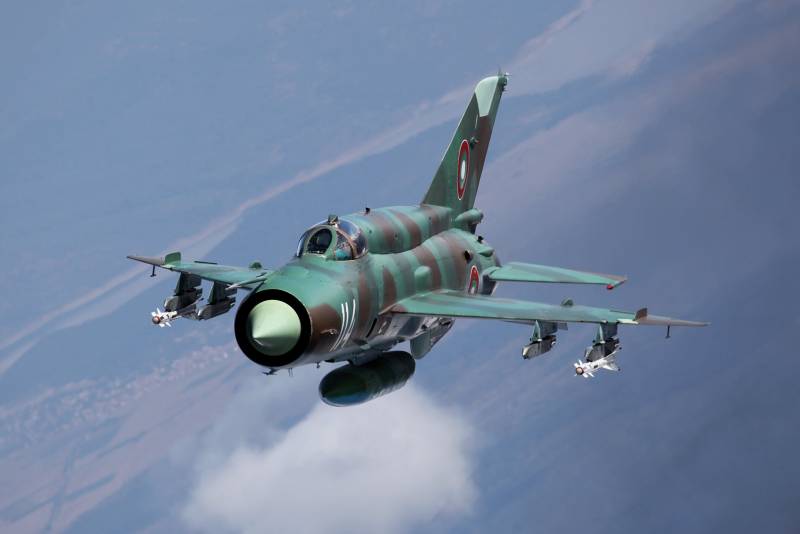
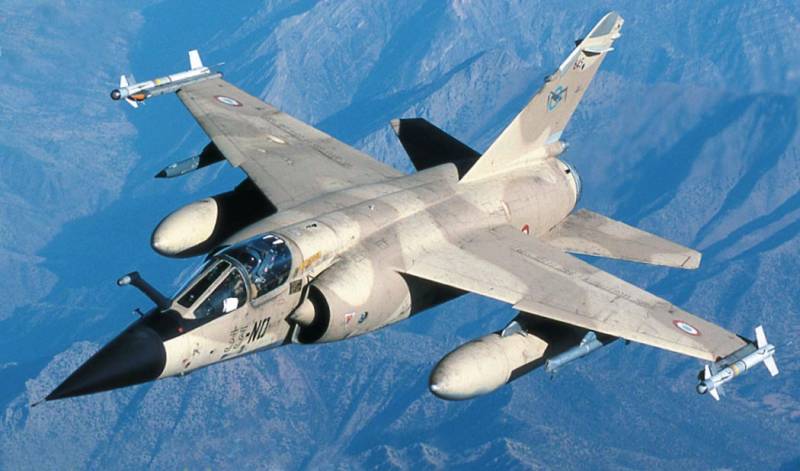
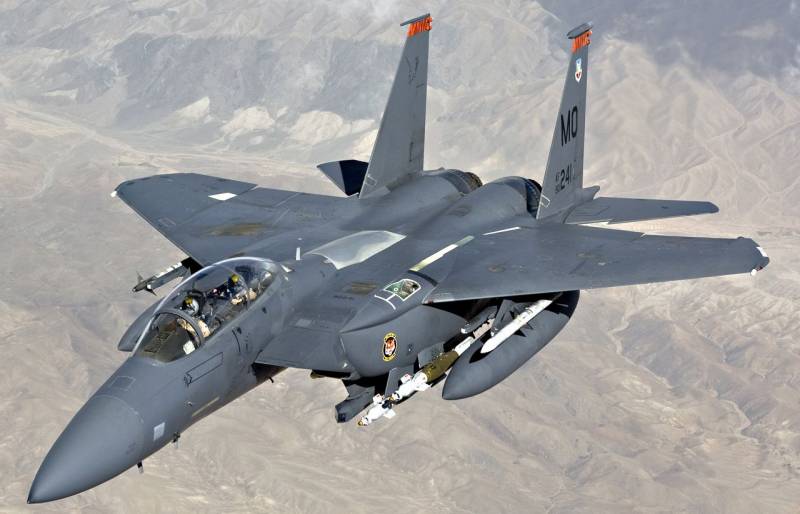
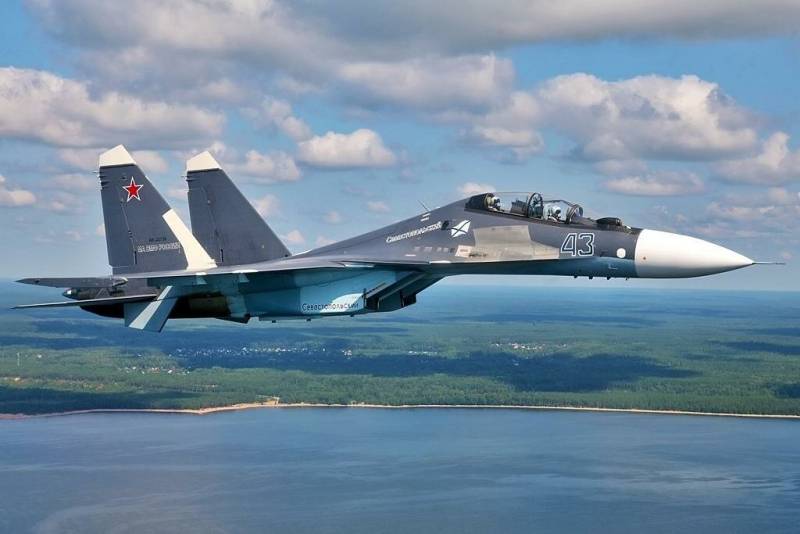
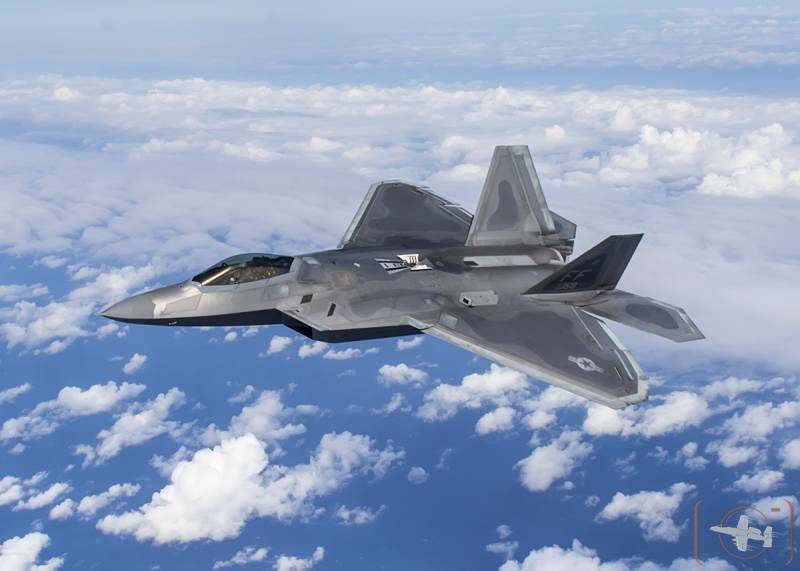
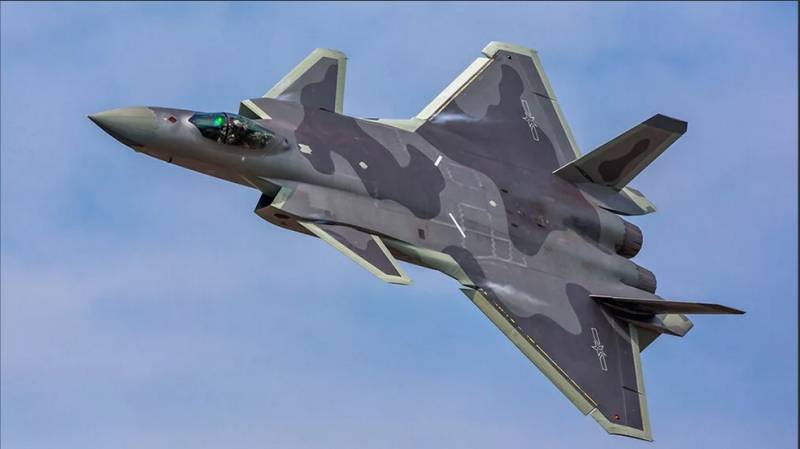


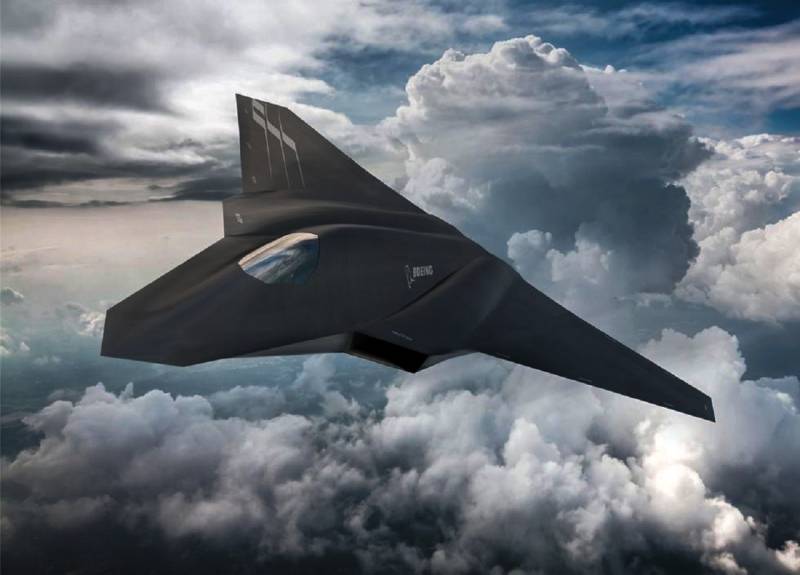
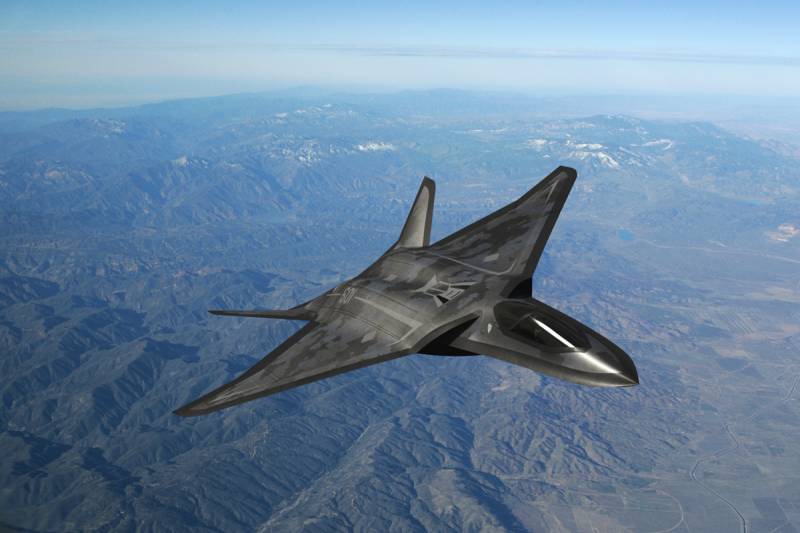
Information